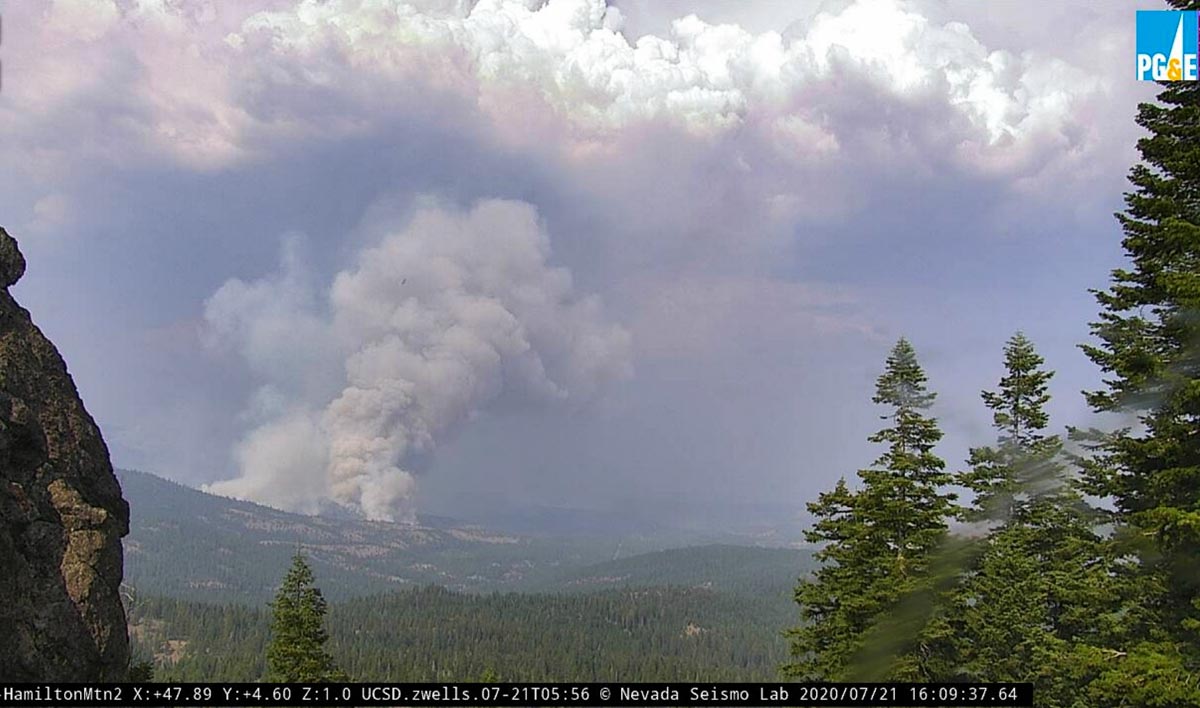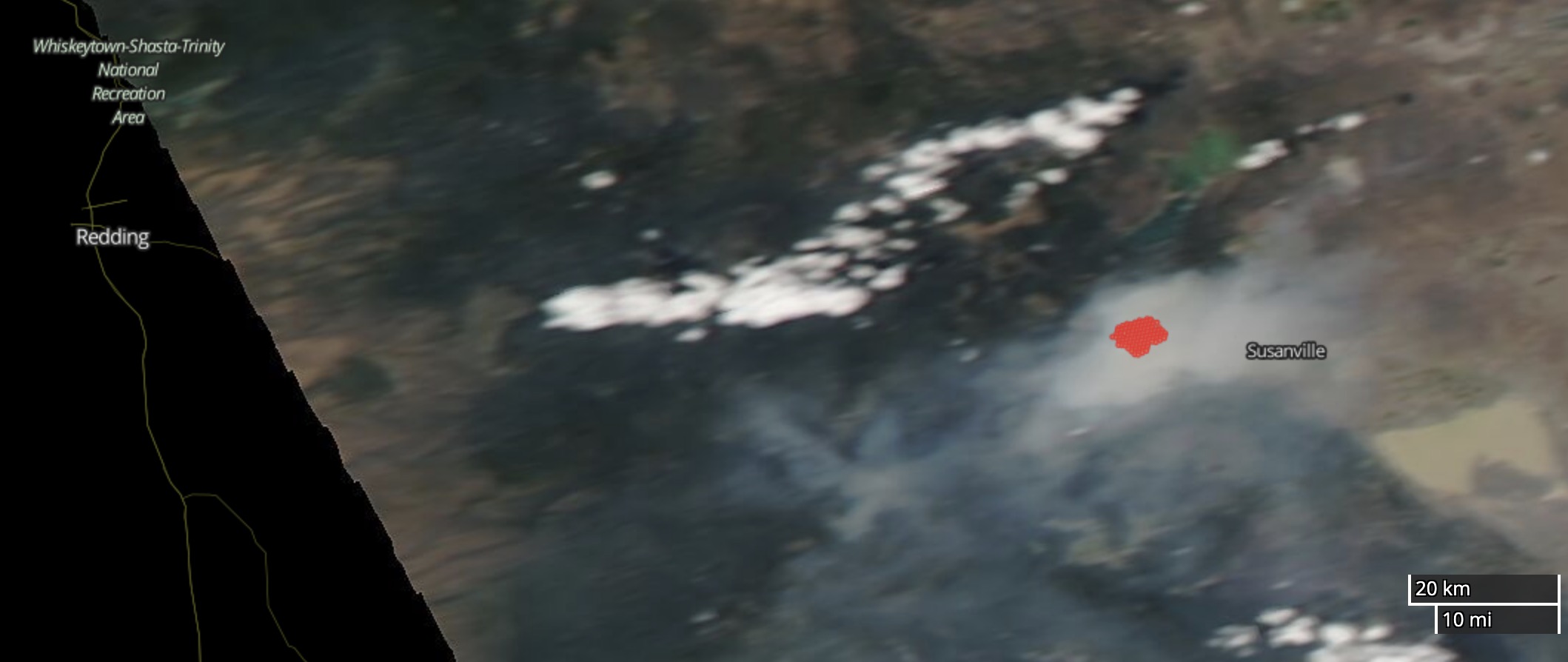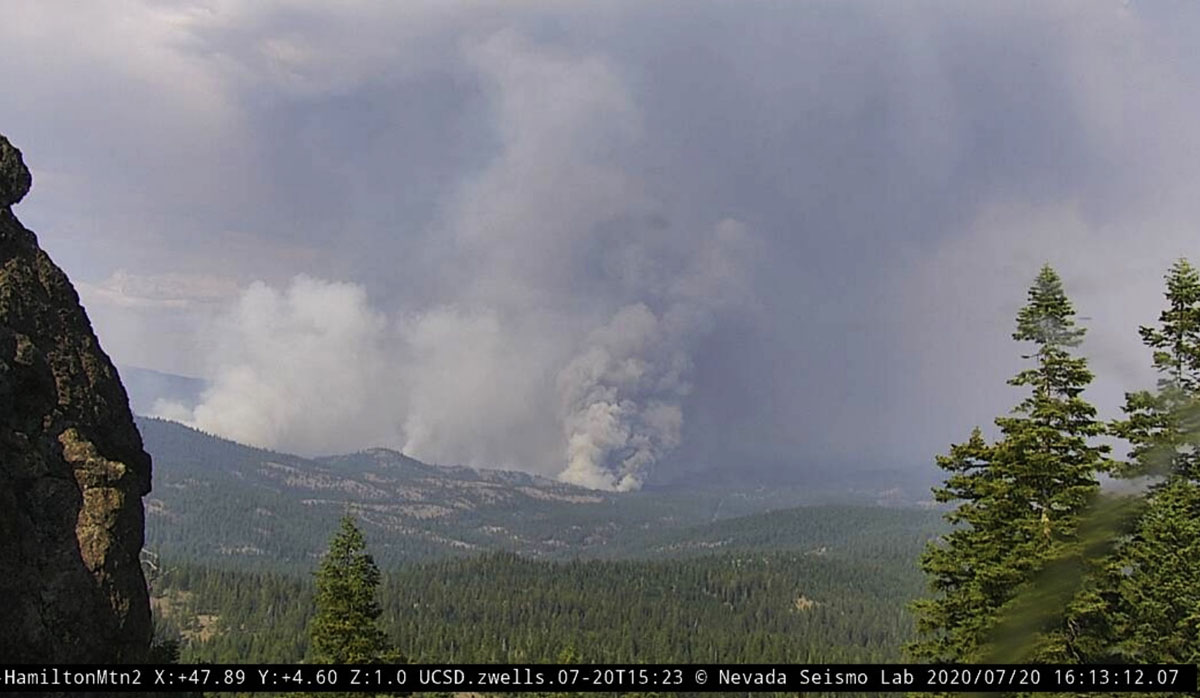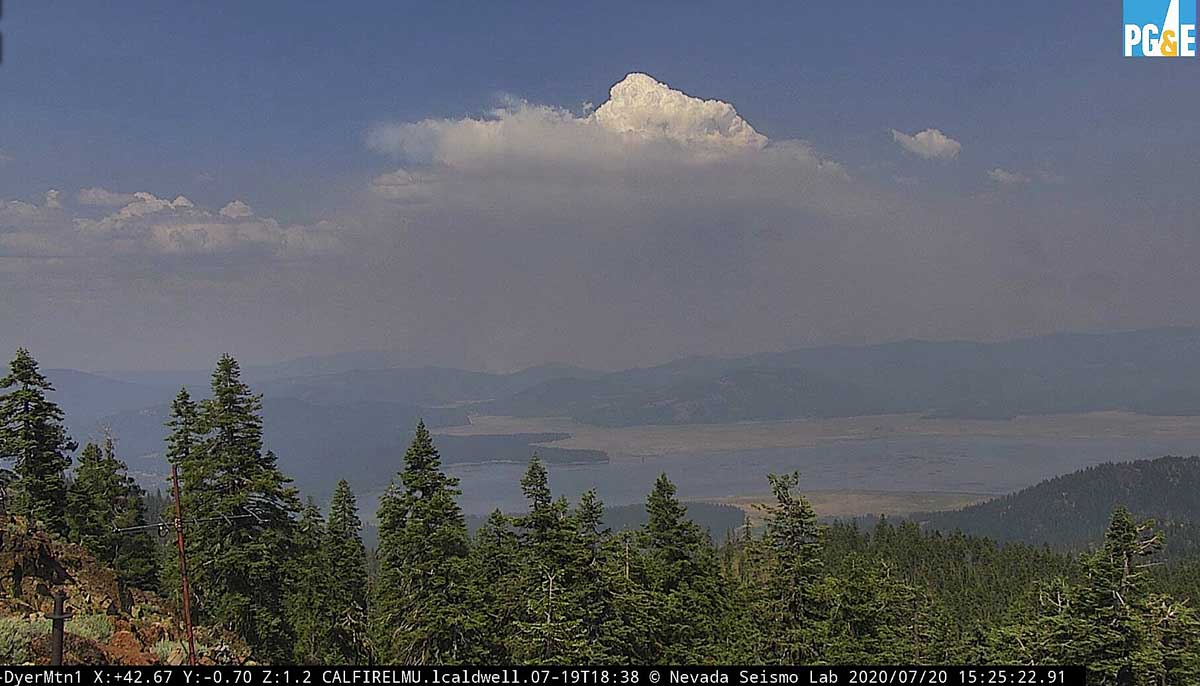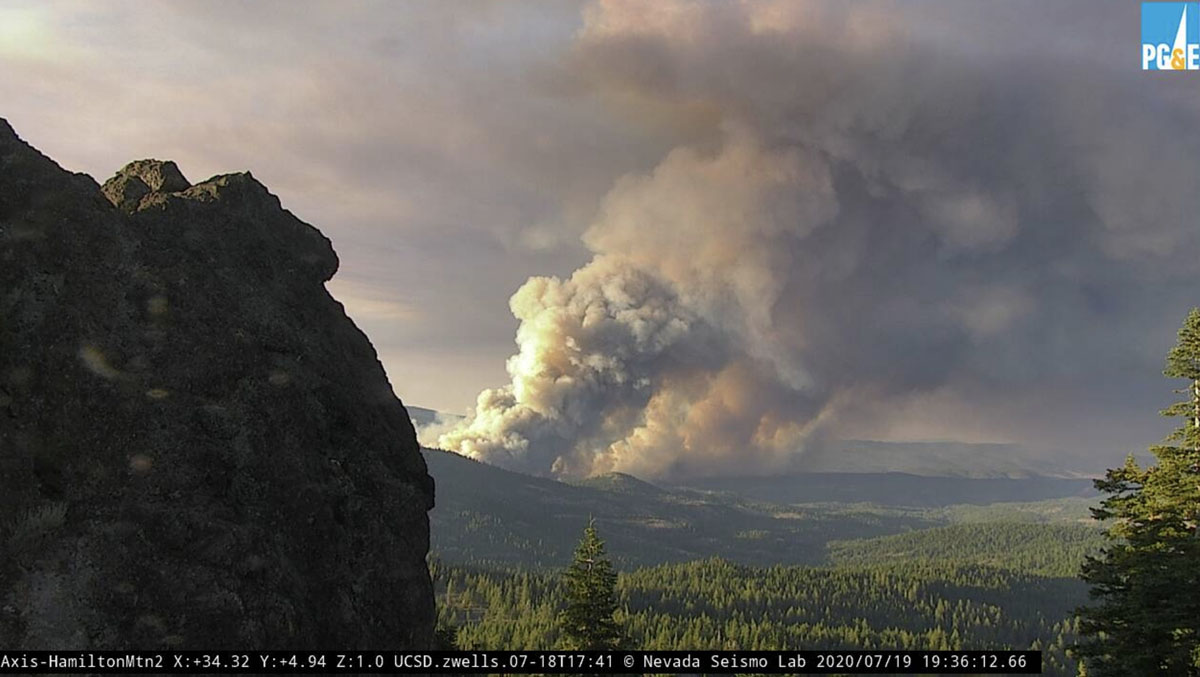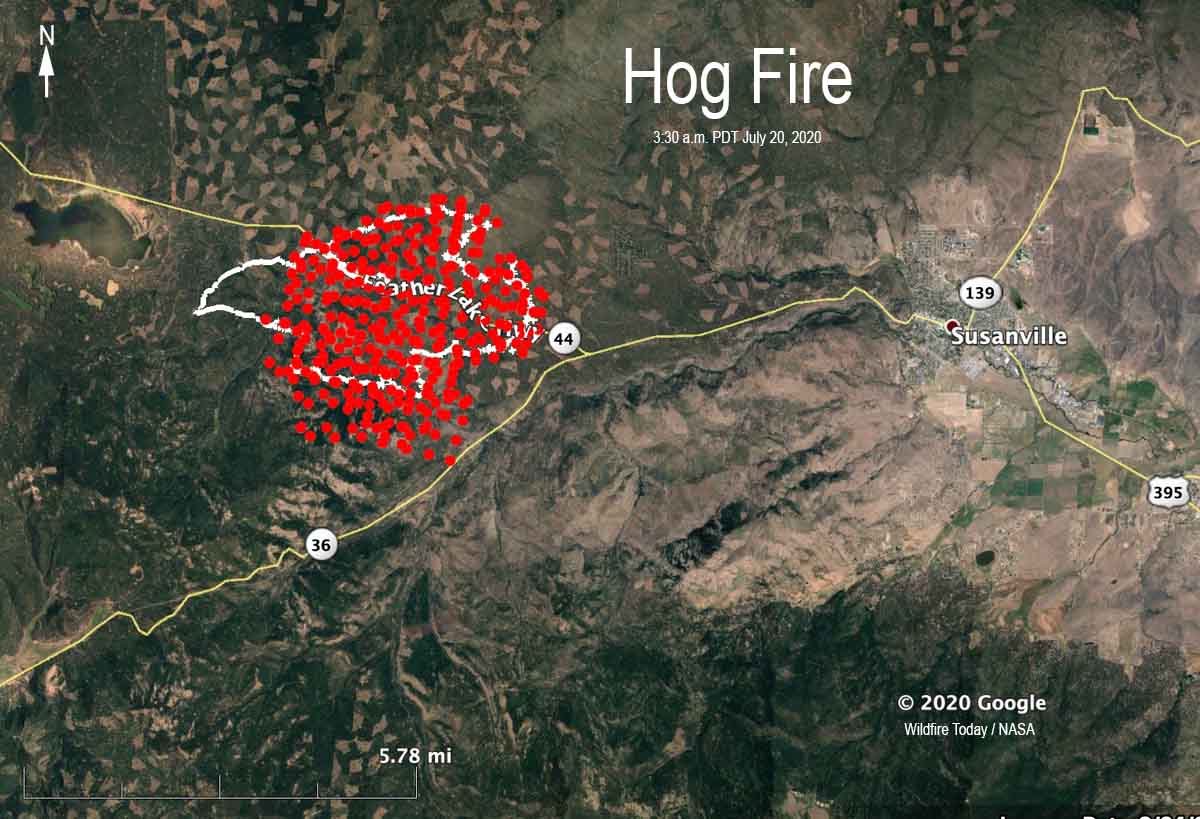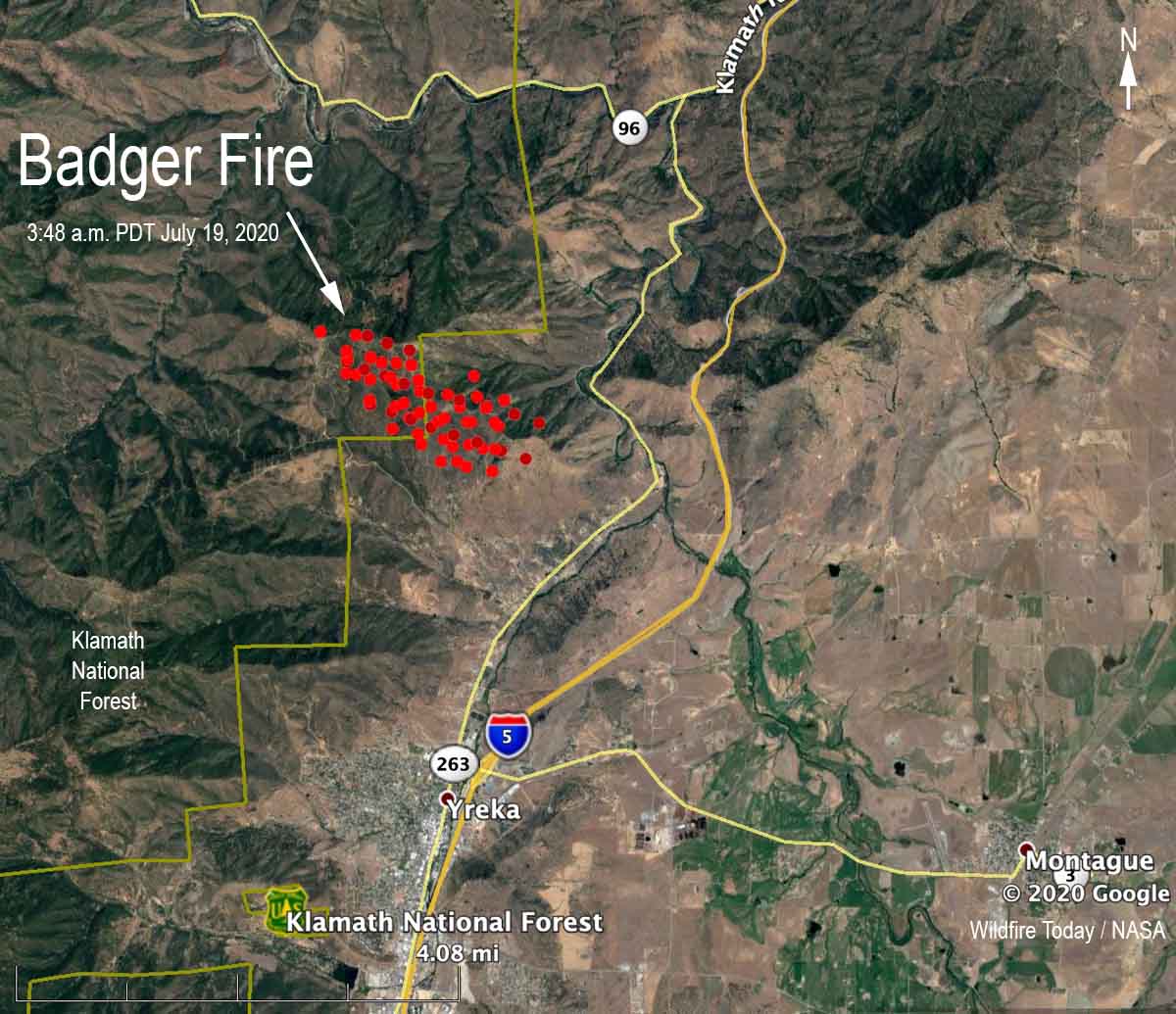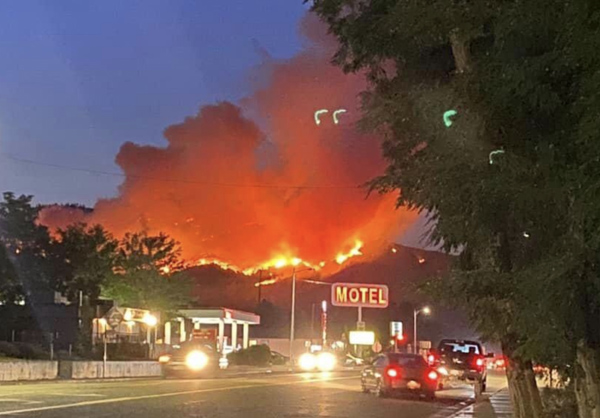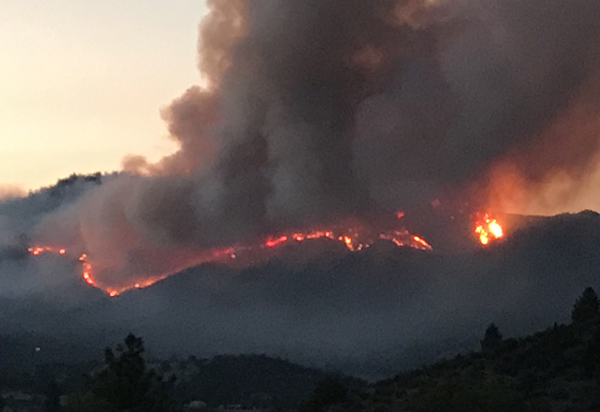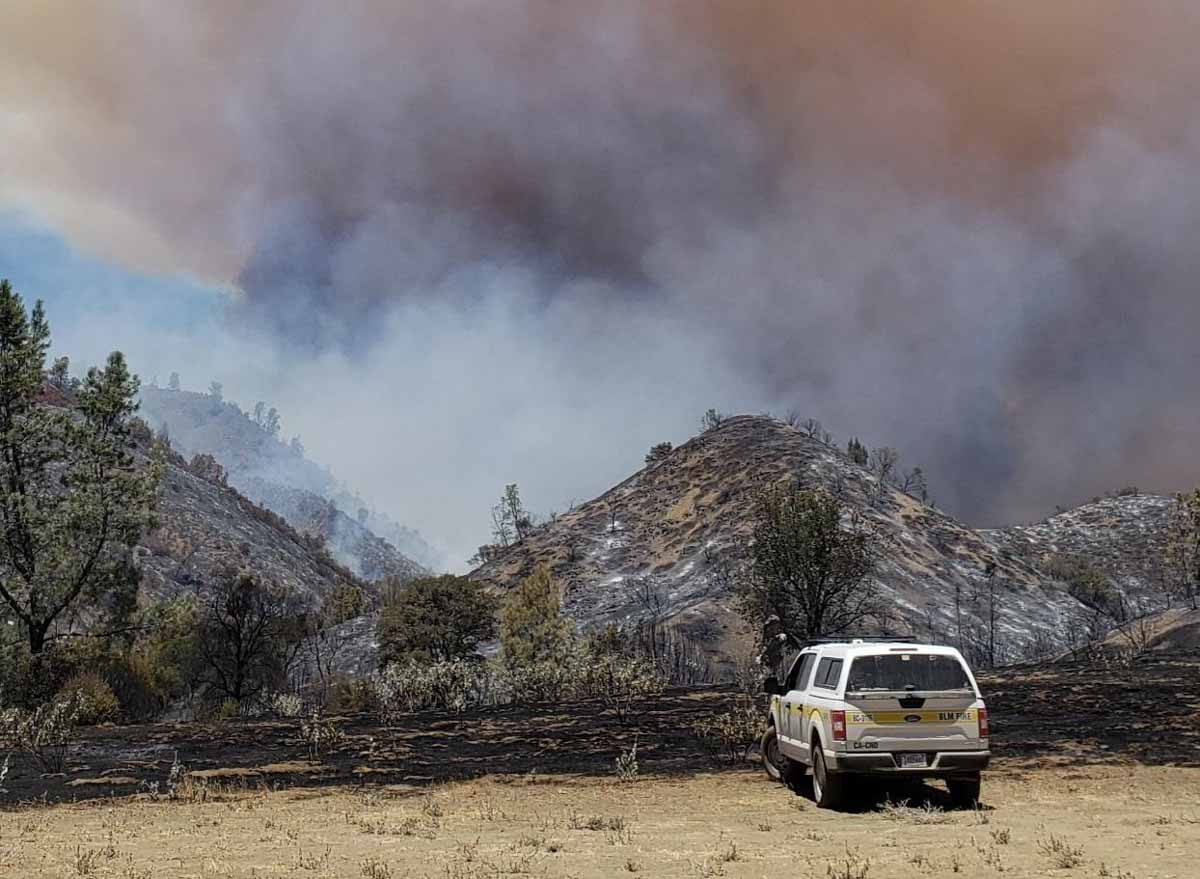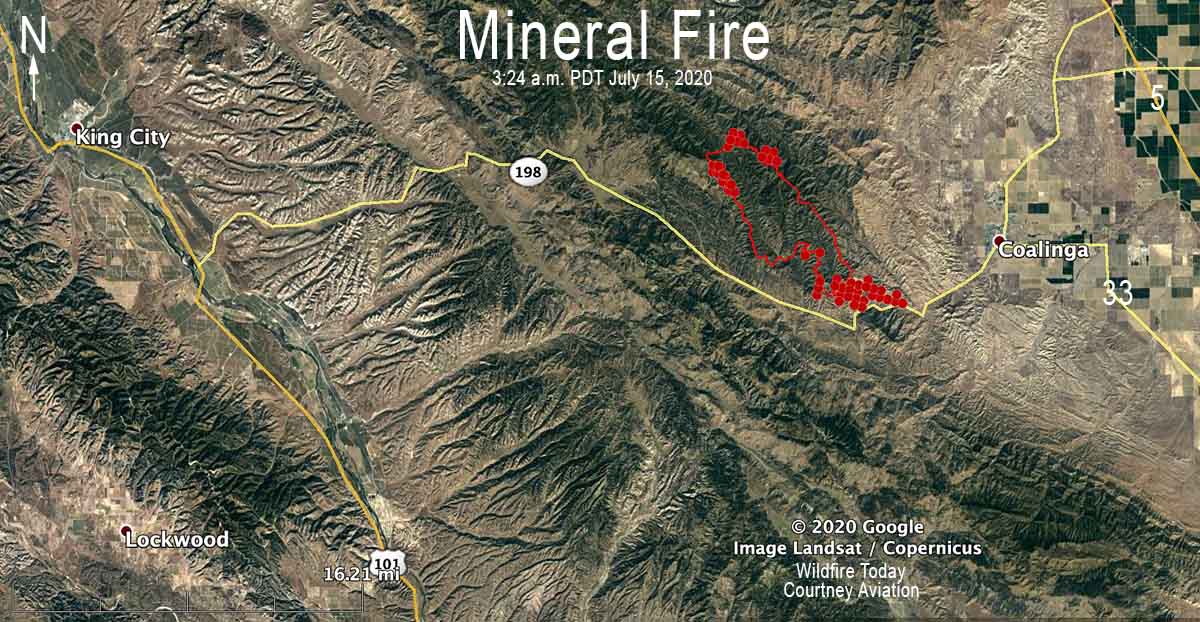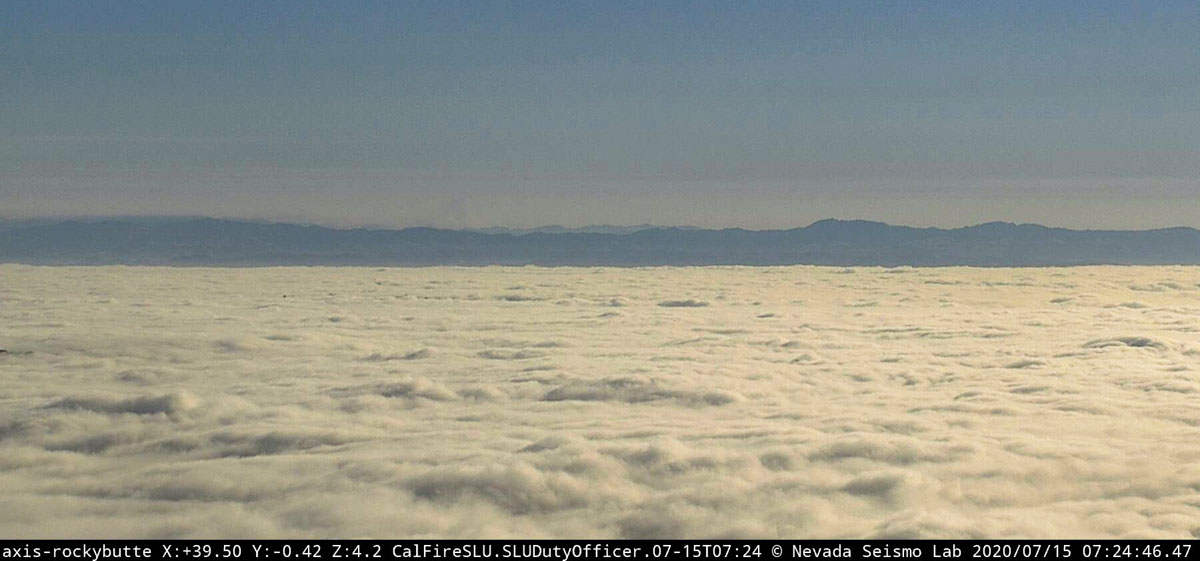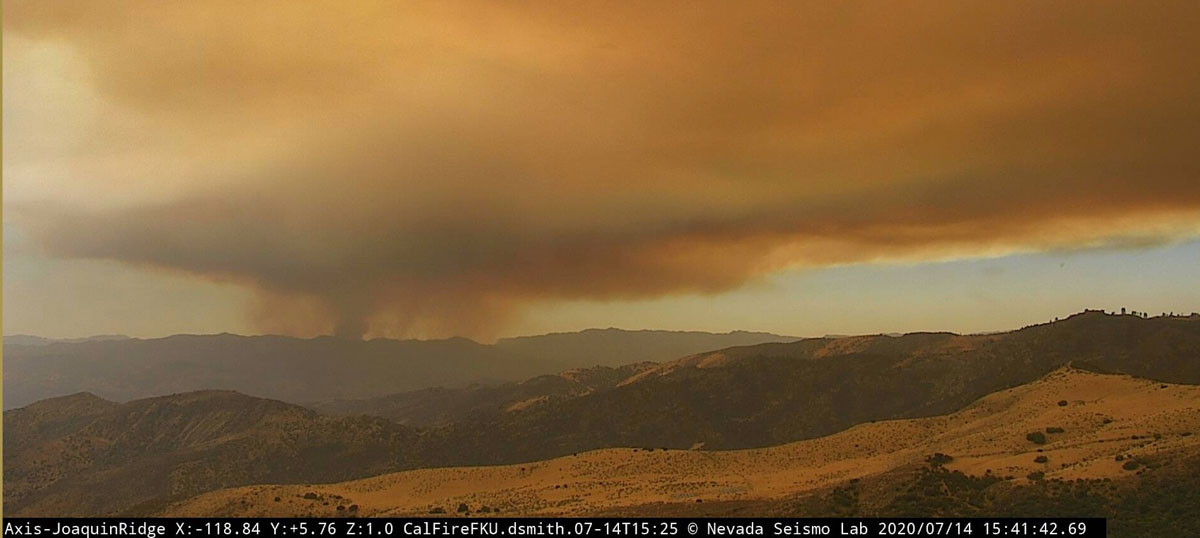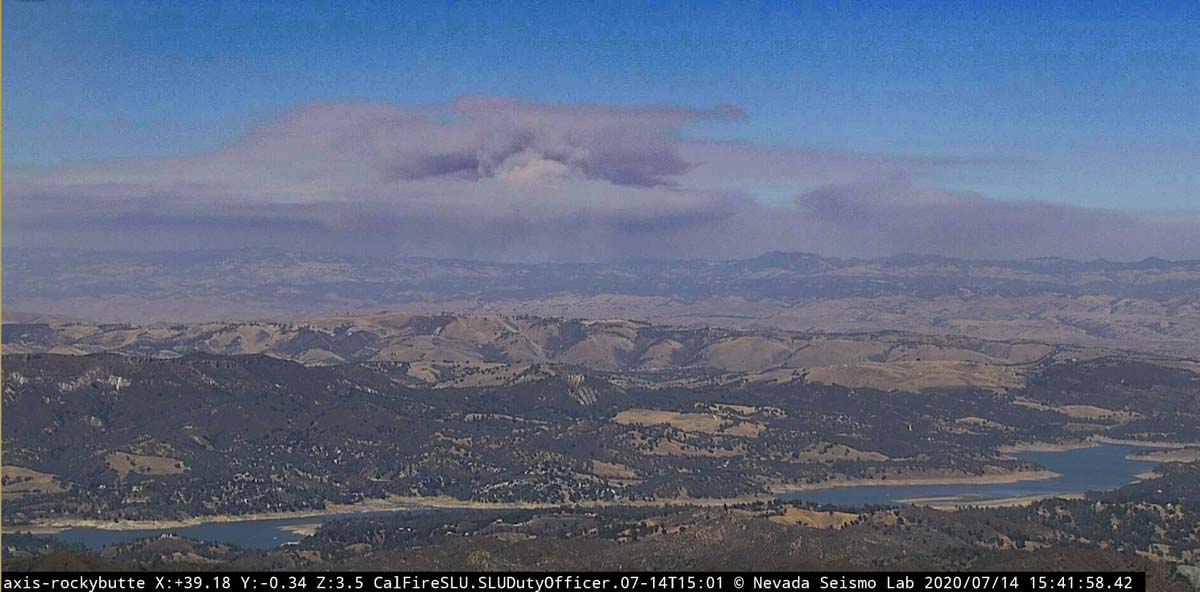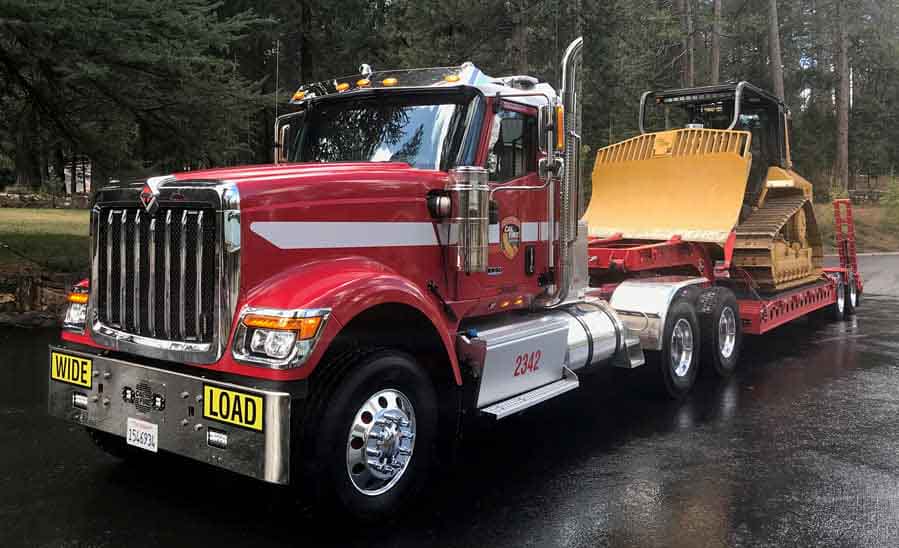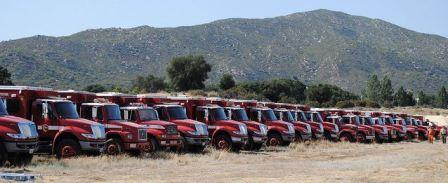UPDATED at 4:37 p.m. PDT July 22, 2020
The information Wildfire Today received from CAL FIRE about the injuries to the two firefighters that were entrapped on the Gold Fire was that they had been treated at the Mercy Medical Clinic in Redding and released. It turns out that is not correct concerning at least one of them, according to a post by a family member on Facebook and reporting by ABC7 KRCR News.
Doctors were concerned about Chief Paul Lemke of the Adin Fire District who had second degree burns on his face, neck, and arms and experienced swelling, said his daughter. This convinced the doctors to fly him to the UC Davis Burn Center. The burnover occurred Monday July 20 and Chief Lemke was released from the burn center Tuesday “due to COVID and dad’s insisting”, his daughter wrote on Facebook. He will continue treatment at his home.
(To see all articles on Wildfire Today about the Gold Fire including the most recent, CLICK HERE.)
Below is an excerpt from an article at KRCR:
The other injured firefighter Craig Senseney said they had to deploy their fire shelters to shield themselves from the flames.
“We had to deploy, but what really saved us is, in all honesty, was our engine 47-22,. ” Senseney said. “if it wasn’t for it, we would never have gotten to a point where we were able to deploy safely and survive what happened.”
Chief Lemke is affiliated with a local fire district, but Federal wildland firefighters are required to be treated at a certified Burn Center if one of eight criteria is met. Two of them are, (1)second degree burns to the face, hands, foot, genitalia, perineum, or major joints; or (2) inhalation injury is suspected. More information is in Chapter 7, page 178 of the January, 2020 edition of the “Red Book” (Interagency Standards for Fire and Fire Aviation Operations).
During my EMT training I got a tour of the Burn Center at University Hospital in San Diego and saw some of the patients, some of whom had been there for weeks. It made a lasting impression. I vowed that I would never make a decision as a firefighter that could lead to someone being admitted to a Burn Center. It is one of the worst injuries a person can suffer.
Originally published at 5 p.m. PDT July 21, 2020
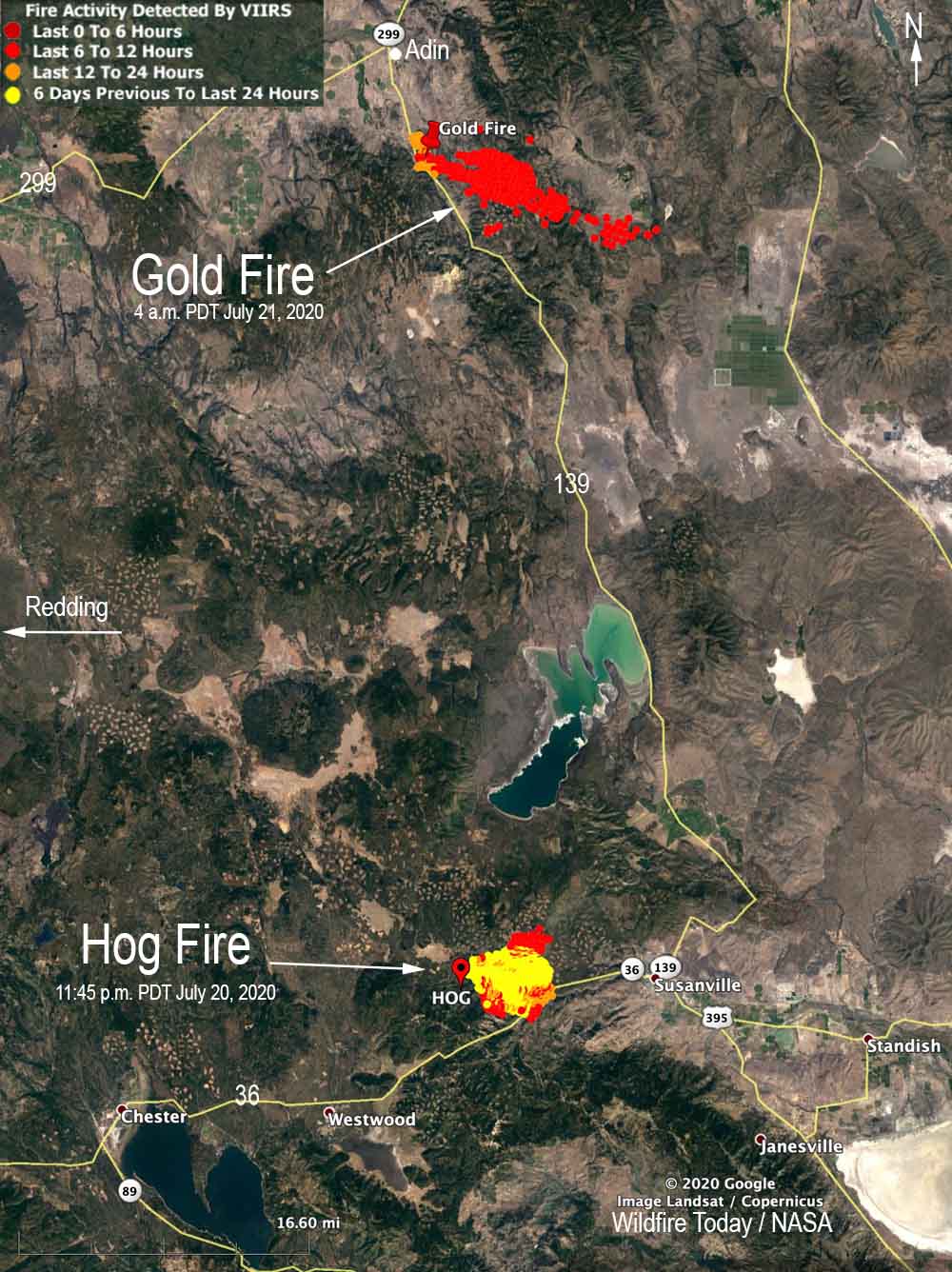
Two firefighters were injured Monday afternoon while fighting the Gold Fire about 80 miles east-northeast of Redding, California. Alisha Herring, a spokesperson for the California Department of Forestry and Fire Protection, said they were flown to Mercy Medical Clinic in Redding where they were treated and released the same day. The type, severity, and mechanism of injury were not identified. “I’m sure more with regards to the injury will come out, I just don’t have much more information than that at this time,” Ms. Herring said.
The Gold Fire and another incident in the area, the Hog Fire, are both about 80 miles east of Redding in Lassen County. Coordination and dispatching were affected Monday by a fiber optic cable that burned in the Gold Fire, creating communication difficulties with the CAL FIRE and interagency command centers in Susanville.
The Hog Fire was mapped Monday night at 8,004 acres. It is on both sides of Highway 44 about five miles west of Susanville and has crossed Highway 36. Resources assigned to the Hog Fire Monday night included 21 hand crews, 19 fire engines, 24 dozers, and 21 water tenders for a total of 664 personnel, which is a decrease of 953 personnel in 24 hours.
The Gold Fire is 40 miles north of the Hog Fire five miles south of the community of Adin. It was reported at 12:26 PDT July 20 near Highway 139 and quickly spread for at least eight miles to the southeast. At 10:15 Tuesday morning CAL FIRE said it is the result of two fires burning together and had blackened 4,600 acres. Evacuations are in effect and the strategy is full suppression. The Gold Fire is burning on the Modoc National Forest and land protected by the state. Monday night the resources assigned included 2 hand crews, 5 helicopters, 17 fire engines, 6 dozers, and 5 water tenders for a total of 152 personnel.
These two large wildfires in one CAL FIRE unit are presenting challenges for the suppression organizations. A report filed by firefighters on the Gold Fire Monday night said, “Statewide shortages of resources and competition with other incidents in the state will continue to hamper suppression efforts. Upcoming predicted lightning in the area may add new initial attack incidents.”
“I have not heard that, no,”Ms. Herring said when asked about a possible shortage of resources. “We’re constantly moving resources up and down the state to fulfill any resource needs, so I haven’t heard that.”
